Requirements for each section of the feed pellet production line
Date: 12/18/2020 08:30:32 From: feed-pellet-plant.com Clicks:
Pellet processing is a deep processing process in feed processing. The technical requirements are relatively high, from the matching of conditioners, feed pellet machine and extruders to the design of coolers, pellet stability after pelleting, and liquid addition systems. These requirements are for obtaining high-quality pellet feed.
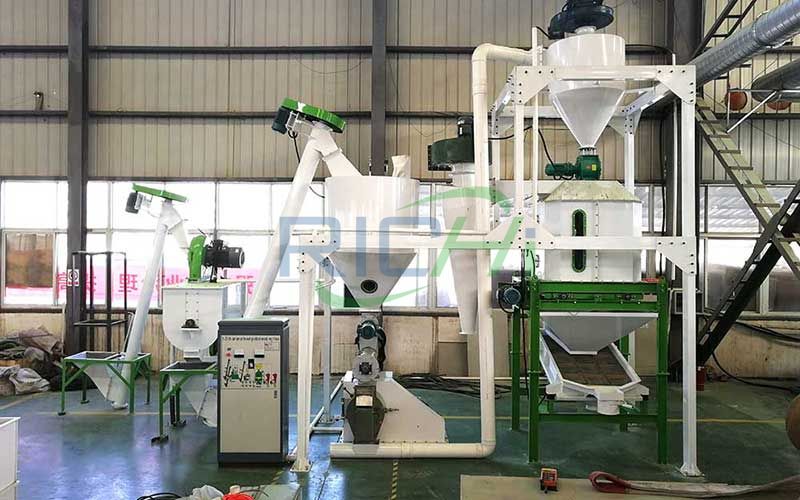
Requirements for each section of the feed pellet production line
1. Tempering
Conditioning is a process of hydrothermal treatment before pelleting to soften the powder. In traditional feed mills, conditioning before pelleting is a more difficult link, and any single conditioning time cannot be the best conditioning time for all feeds, so the conditioning time needs to be changed. It has long been known that the tempering residence time has an effect on the tempering and pelleting quality. In recent years, Europe has made several innovations in this regard, including conditioner angle, blade angle adjustment and steam or powder plugging.
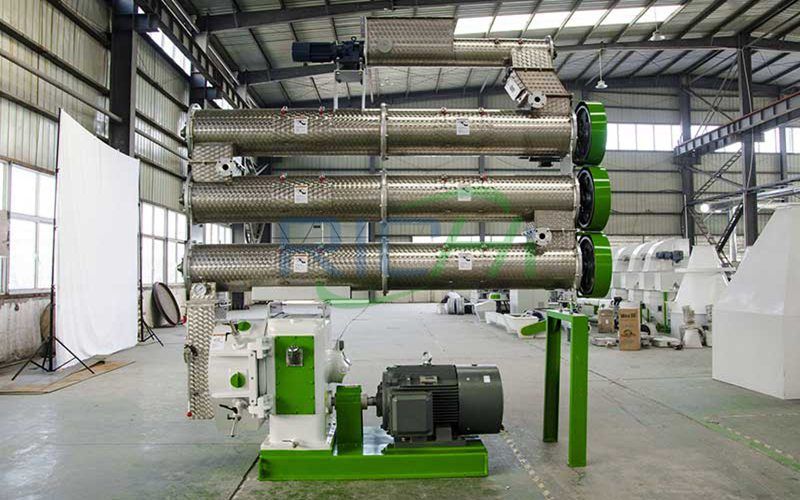
Feed pellet machine with three-layer modulator
From the perspective of conditioners, almost every conditioner is installed horizontally. Add a loose leaf and a device that can improve the conditioner behind the conditioner, and use the flexible feeding and discharge port to adjust the residence time almost arbitrarily. Under normal operating conditions, the conditioning will start with the conditioner installed horizontally. Once stable operating conditions are obtained, the conditioner can be tilted to extend the residence time to the desired level.
For blade angle adjustment, a new device has been developed. The front 1/3 blade of the conditioning chamber adopts a 45° angle between the blade and the shaft, and the rear 2/3 blade is properly adjusted to make the rear section of the conditioning chamber basically filled with powder, which is beneficial to the full mixing of the material; The blade angle can be changed during the operation to facilitate changing the angle of the blade according to the nature of the material and the requirements of conditioning, so that the residence time of the material in the conditioning chamber can be adjusted arbitrarily.
A fairly simple and effective measure for the conditioner is to install a plug or baffle to block the steam outlet or the material outlet. The upper baffle prevents steam from passing through the entire conditioner without contacting the material. The bottom baffle acts as a plug, forcing the blades to lift the quenched and tempered material above the baffle opening. In this case, the problem of drug residue should be taken seriously, because 25-100kg of material will remain in the conditioner at the end of each run.
Long-term conditioning is to increase the conditioning time to achieve the purpose of enhancing quality. Traditional tempering is usually done by the granulator's own conditioner or ordinary normal short-time conditioner. Due to the short residence time of the material in the conditioner, the conditioning effect is not ideal, and the gelatinization rate in the particles is only 16-25%.
With the continuous improvement of feed quality requirements and the rapid development of special aquaculture, conditioning methods such as multi-stage conditioning, maturation conditioning after pelleting, and high-pressure annulus expansion conditioning have emerged one after another.
Multi-stage tempering improves the tempering effect by extending the tempering time, and the starch gelatinization effect can reach 40%-60%.
After granulation, maturation and conditioning is to keep the freshly pressed granules (about 70-80°C) warm, and let the hot granules last for a certain period of time in a high temperature and high humidity environment, so that the starch in the pellet feed is fully gelatinized and the protein is fully denatured. . At the same time, the cracks produced in the early stage are glued again to improve the durability of the feed to meet the special requirements of aquatic feed.
High-pressure annulus expansion and conditioning is an advanced and new method for conditioning powdered feed. It uses a high-pressure annulus expansion conditioner, the material is intensively squeezed and pressurized with steam in the working area, so that the solid, liquid, and gas three-phase materials are subjected to shearing force and extrusion. Under the comprehensive state of force and steam pressure, it is forced to push through the adjustable annular gap conical discharge valve. The whole process is only a few seconds, but the maximum pressure can reach 100Mpa and the maximum material temperature can reach 170℃, so that the material can be fully Ground conditioning and maturation.
2. Granulation
Pellet feed has many advantages. Through the combined effect of steam heat, mechanical friction energy and pressure, it can achieve many functions of sterilization and increase feed digestibility. However, excessive heat processing will cause the actual effect of heat-sensitive nutrients and reduce the feed Therefore, effective processing is the latest development trend. The American Wenger Company has successfully developed a Universal Pellet Cooker (UPC), which is used in many special products. Its starch is cured by 60-80% and its durability index (PDI) exceeds 95%. It is made into high-fat and high-molasses pellet feed with a bulk density of 550g/l-750g/l. Very good particle quality can be achieved with UPC.
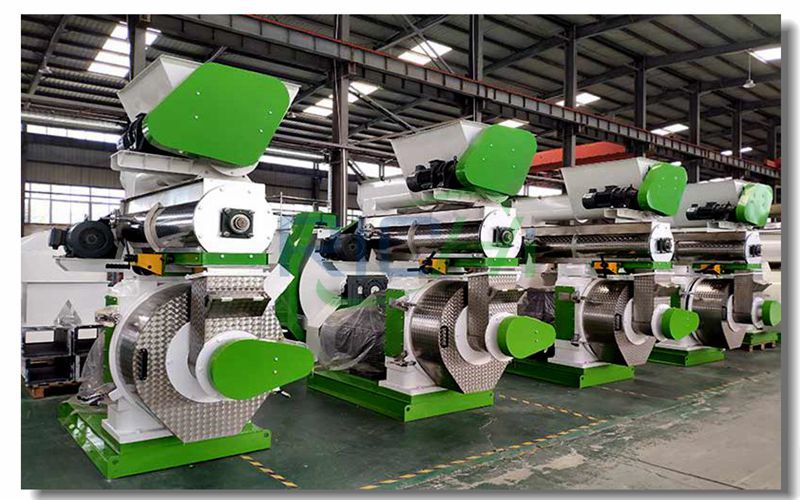
Feed pellet machine
The formation of pellet feed is done in the extrusion chamber, and the current pellet mill has only one extrusion chamber and a set of roller die. In recent years, people have proposed a new granulation process--replicating granules. Re-replicated pellets refer to the hot feed that has been pelletized, and the hot and soft pellets are immediately re-replicated through the second die. Due to the double extrusion process of the feed, the pellet quality is improved, the nutritional value of the feed is improved, and the pelleting effect is improved. Due to the change of feed varieties, the setting of the gap between the press roller and die of the pellet mill needs to be adjusted frequently. In order to save adjustment time, online press roller adjustment can solve this problem.
3. Puffing
At present, the main equipment for producing extruded feed is screw extruder, which can be divided into dry extruder and wet extruder. Most of the current extrusion equipment is wet and dry. In the future, the focus of research and development will be more advanced twin-screw extruder, special extruder with special purpose, and improve the production capacity and performance of the extruder. Because the tempering and forming temperature of granulation and expansion is above 80℃, they have a great influence on heat-sensitive nutrients. Therefore, the future development requirement is to not only preserve heat-sensitive nutrients, but also improve the digestibility and sterilization of feed. effect.
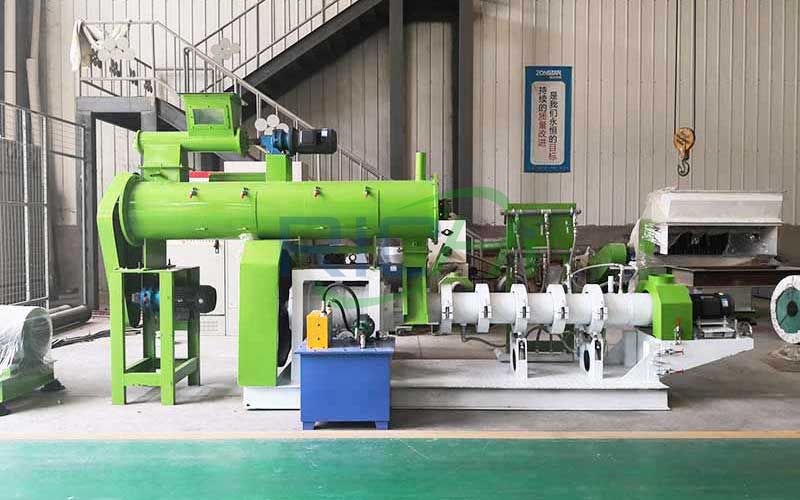
Feed Pellet Extruder
4. Cool Down
Almost all new feed mills use countercurrent coolers. However, the current cooler design fails to solve the problem of moisture control in the final product. Therefore, the future cooler should be equipped with moisture sensing and control equipment, and the product should be able to cool and dry to a safe level. This requires the cooler provided by the manufacturer to have a heating zone, airflow control and sophisticated control design.
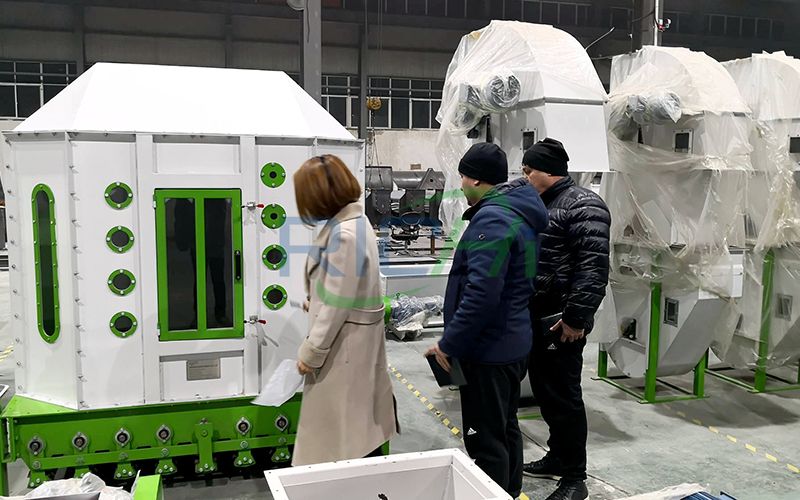
SKLN Series Counterflow Cooler
5. Liquid Addition After Granulation
As more and more thermal processing equipment is used in feed factory equipment, such as extruders, extruders or other high-temperature short-time processing equipment, the feed is strongly affected by temperature, moisture and pressure during pelleting, extrusion and expansion. , Which will destroy most of the efficacy of vitamins, enzyme preparations, probiotics and other additives. The post-adding technology is a new technology to solve this problem, that is, adding heat-sensitive nutrients after the thermal processing process. Post-adding technology has the following advantages:
A. The heat-sensitive trace components can be protected from the damage of thermal processing, and the addition amount of these components can be reduced, thereby reducing the production cost. For example, the use of liquid post-addition technology greatly improves the activity retention rate of vitamins;
B. Putting the drug at the back instead of adding it to the mixer is helpful to reduce the drug residues in the mixer and the back equipment and reduce cross-contamination. For example, some antibiotics used in pig feed must not be allowed in chicken feed. Thereby improving product quality and safety;
C. The addition of micro-components such as enzyme preparations is set after granulation or expansion, and the offline spraying process is adopted, which is beneficial to add according to the needs of users, so as to meet the requirements of users;
D. It can be "sold as you go" and always provide users with fresh products;
E. By adopting the offline spraying process, the feed factory can not only save the number of finished product warehouses, but also replace the expensive and large-sized micro-feeding system, thereby reducing the one-time investment of the feed factory.
The above is the article for you: Requirements for each section of the feed pellet production line. If you are interested in our products or project solutions, please contact us. We will give you the best product quality and the best price. Email: enquiry@pellet-richi.com
Related Product
Production Line Equipment
related News
- >Delivery 200kg/h Floating Fish Feed Production Machine Line to Mol
- >Uzbekistan 5t/h Aquatic Sinking Fish Feed Production Machine Line
- >Uzbekistan 3-5 T/h Medium Scale Automatic Poultry Feed Line Manufa
- >Uzbekistan Nukus Chicken and Fish Feed Joint Pellet Production Lin
- >Uzbekistan Gizak 1t/h-2t/h Animal Feed Processing Plant for Floati
- >Afghanistan 10t/h animal feed pellet line
- >What is the price of the cattle and chicken feed machinery product
- >Can You Send Me an Animal Feed Pellet Machine Quotation?
- >The Best-selling Commercial Automatic Pet Food Pellet Production L
- >How to Choose Premix for Cattle Feed Manufacturers?
Here you can submit any questions and we will get back to you as soon as possible. We will not disclose the information you submit to anyone, please rest assured.
Copyright© 2022 Richi Machinery. All rights reserved. Site Map


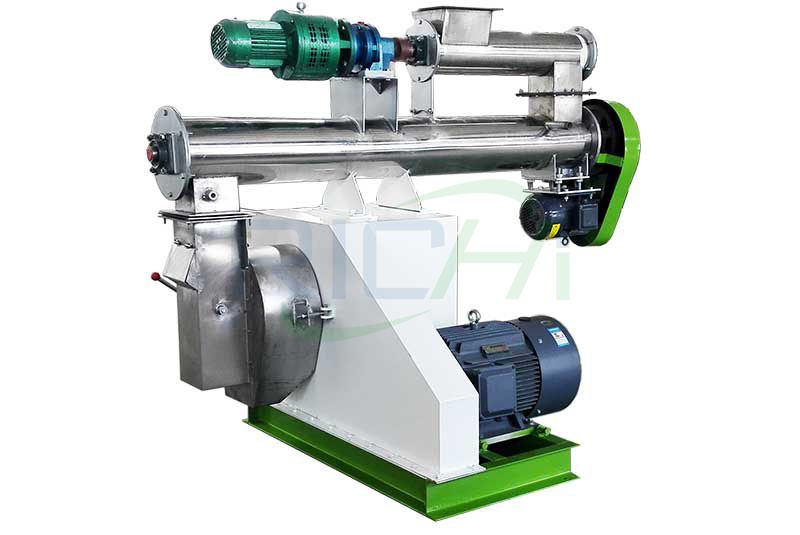
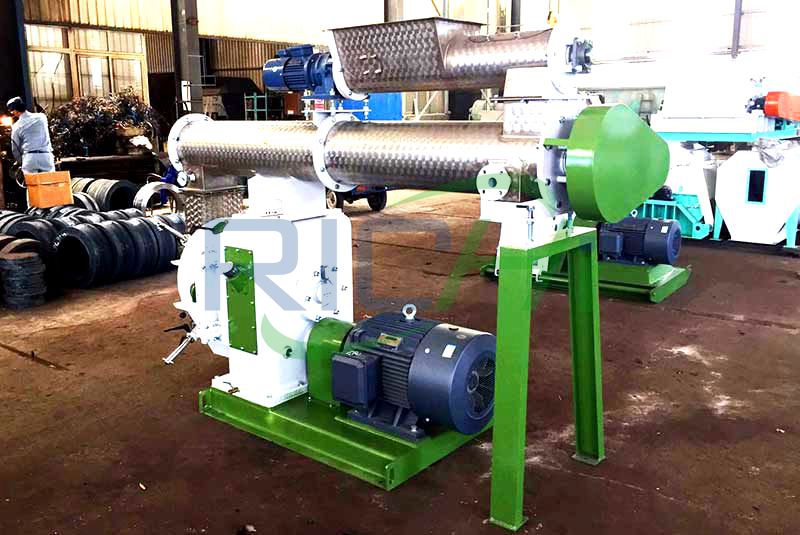
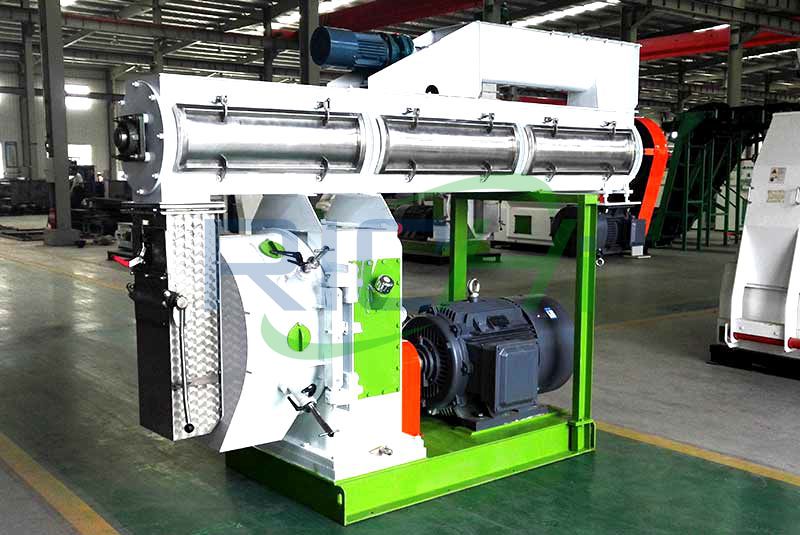
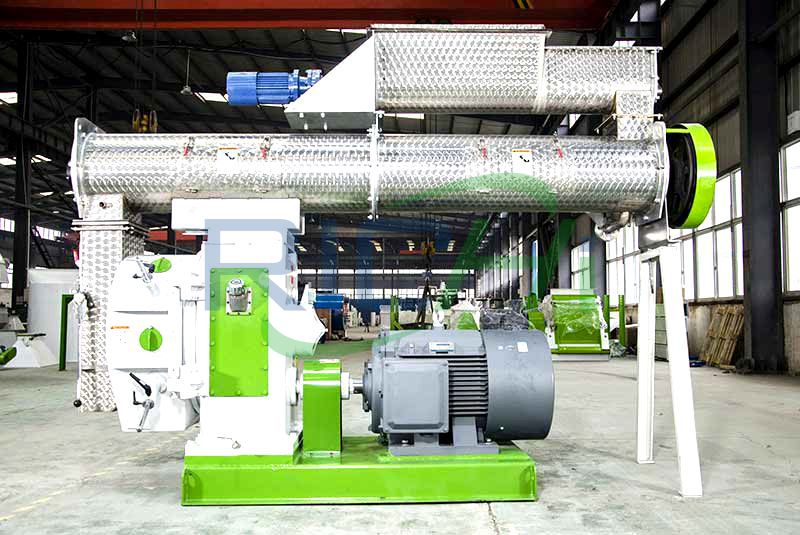
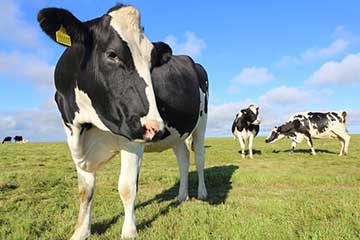
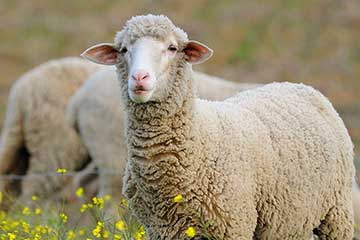
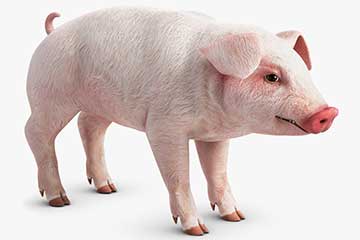

 Product Center
Product Center Get Latest Price
Get Latest Price